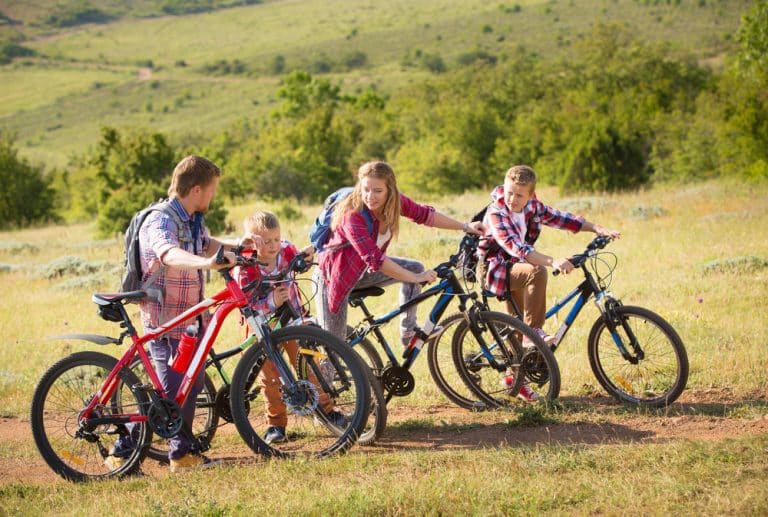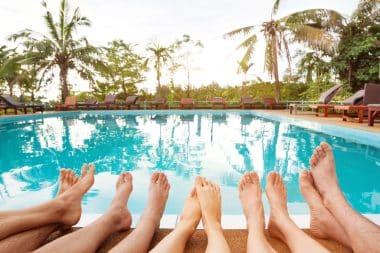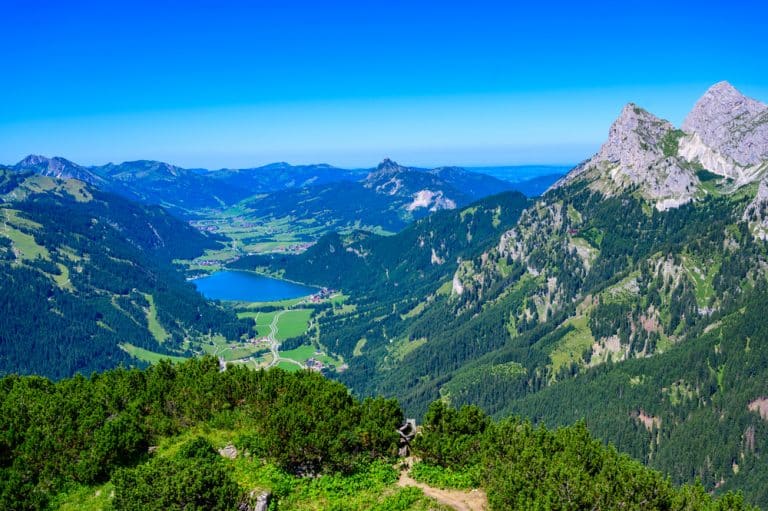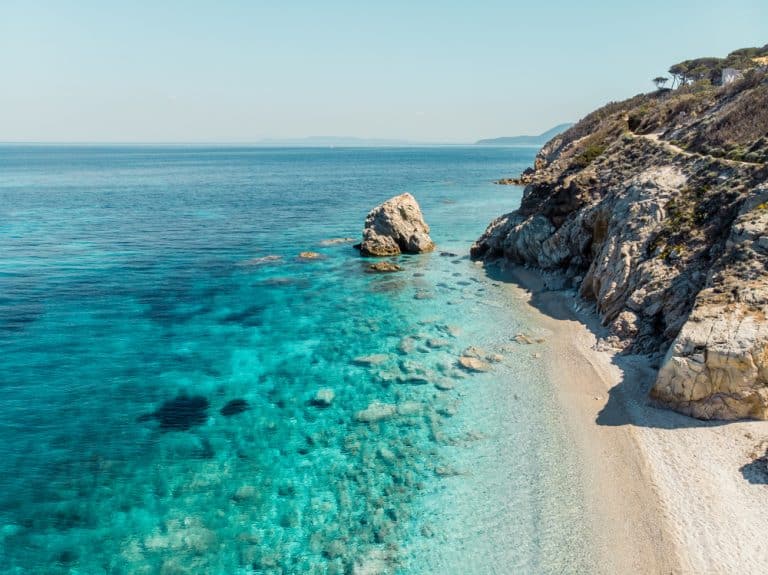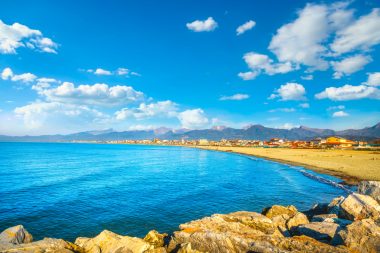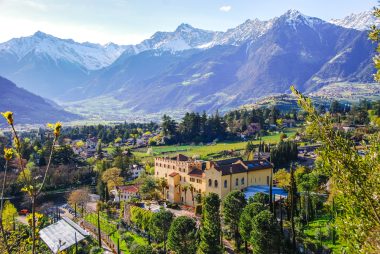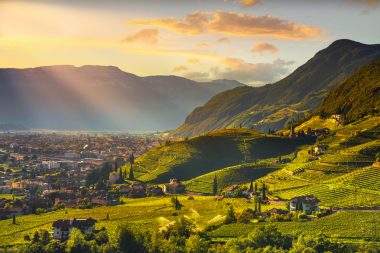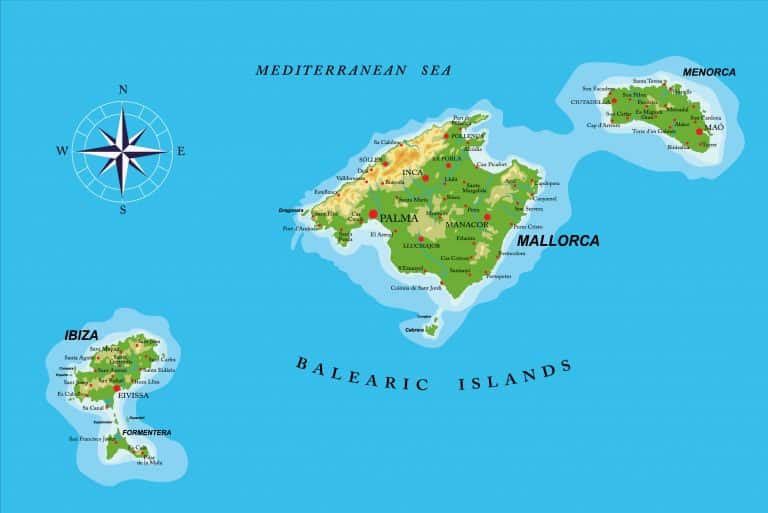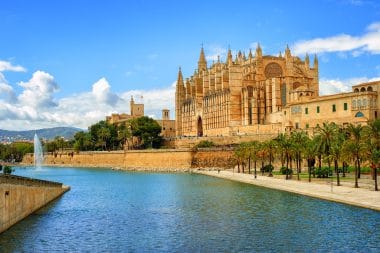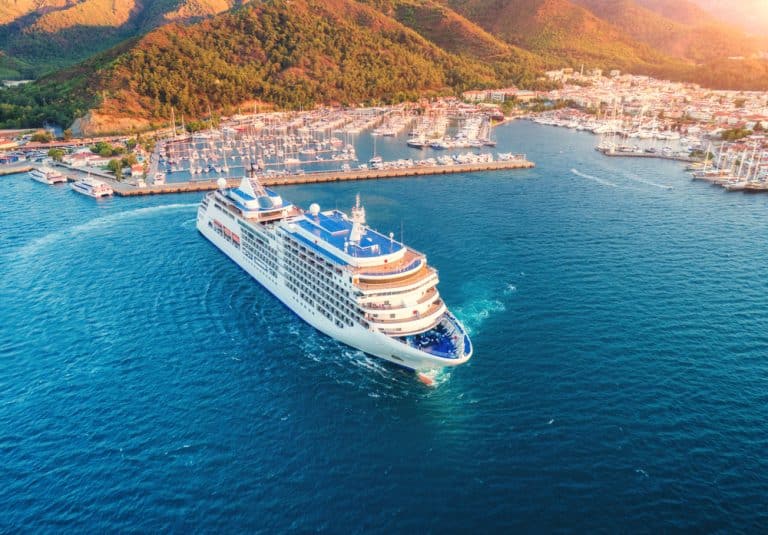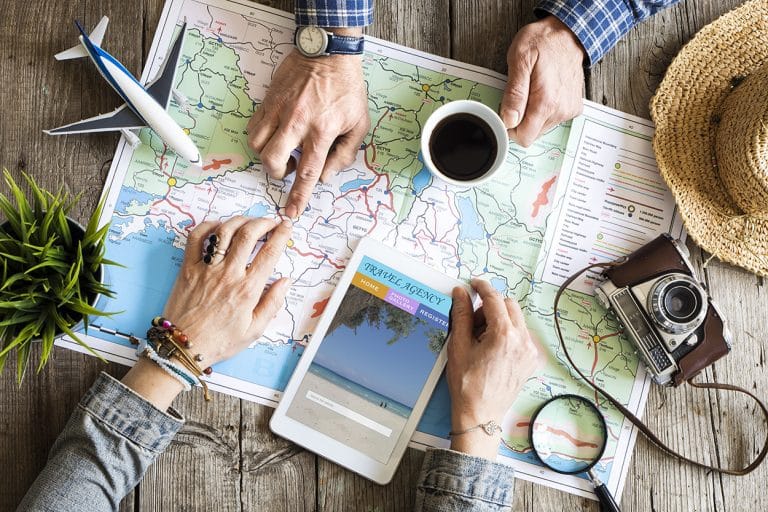Amsterdam, the vibrant capital of the Netherlands, is known worldwide for its historic canals, vibrant cultural life and impressive architecture. But behind the well-known sights there is much more to discover.
Experience the art and culture of Amsterdam
From Rembrandt’s masterpieces at the Rijksmuseum to modern art at the Stedelijk Museum, Amsterdam offers a wide range of cultural experiences. A visit to one of the city’s many museums is a must for those interested in culture. It is worth planning in advance which exhibitions and collections you don’t want to miss. Amsterdam is known for its diverse art scene and features both classical and contemporary works.
Art lovers can look forward to an impressive journey through different eras and styles. A walk through the streets of the city leads to numerous galleries and art exhibitions that offer a glimpse into Amsterdam’s eclectic art world. The Dutch capital attracts millions of tourists from all over the world year after year with its rich cultural history.
In addition to the famous museums, there are also many small galleries, studios and art houses that reflect the creative flair of the city. The variety of paintings, sculptures, photography, and other forms of fine art makes Amsterdam a true paradise for art-loving visitors. A highlight for many visitors is certainly the Van Gogh Museum, which offers a comprehensive overview of the life and work of the famous Dutch painter Vincent van Gogh.
The Anne Frank House is also a haunting reminder of dark chapters of history and the courage of a young girl during the Second World War. Amsterdam doesn’t just score with its well-known sights, but also with its well-known sights – there are also countless places full of artistic inspiration: from street art to designer markets to alternative venues such as the Westergasfabriek complex.
Insider tip Amsterdam Cards
For visitors who want to get the most out of their stay, the Amsterdam Cards can be a valuable resource. It offers free admission or discounts to many museums and attractions, as well as the use of public transport. An Amsterdam Card comparison of the different city cards is recommended to find the right option.
Navigating the historic canals
A canal cruise through the canals of Amsterdam is an unforgettable experience for any visitor to the city. The ride not only offers a relaxing atmosphere, but also a fascinating view of the architecture and life along the waterways. While gliding comfortably over the water, you can experience the history and culture of the city in a very special way.
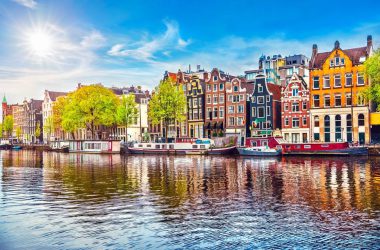
The canal cruise is a popular activity not only for tourists but also for locals. Many Amsterdammers use the canals as a means of transport to get from one district to another quickly and comfortably. There is always the opportunity to look at the city from a new perspective and admire the beauty of the historic buildings and bridges.
Whether by day or by night, a canal cruise through Amsterdam is a special experience at any time of the day. The lights of the city are reflected in the water, giving the ride a romantic atmosphere. Whether alone, as a couple, with friends or family – a canal cruise is a must for anyone who wants to experience the beauty and charm of Amsterdam all around.
Hidden gems off the beaten track
Away from the busy streets and tourist attractions, you can experience the unique atmosphere of the city in Amsterdam. The hidden treasures invite you to let yourself drift and discover the real Amsterdam far away from mass tourism. In the small alleys and hidden corners, you can often find local shops, cozy restaurants and charming squares that give a glimpse into the everyday life of the locals.
A special highlight are also the numerous markets that take place away from the main roads. Here you can taste regional products, admire handmade works of art and watch the hustle and bustle of the locals. The variety and authenticity of the hidden gems make Amsterdam a city worth exploring off the beaten track.
Explore Amsterdam sustainably
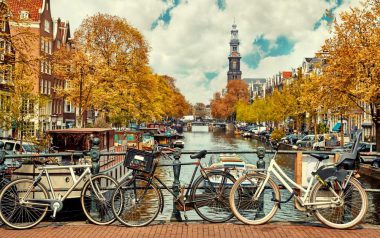
The Dutch capital has become a pioneer in sustainability and is increasingly focusing on environmentally friendly measures. For example, there are many green initiatives that help reduce CO₂ emissions and protect the environment. The locals also support this development and are increasingly paying attention to a sustainable lifestyle.
With so many ways to explore Amsterdam in an environmentally friendly way, travelers can not only enjoy the beauty of the city, but also actively contribute to environmental protection. This makes your stay not only an unforgettable experience, but also a contribution to a greener future. Amsterdam shows that sustainability and tourism are compatible and can have a positive impact together.
Result
Amsterdam is a city full of contrasts, from world-famous museums to hidden cafes. Every visitor can find something to their taste here, whether they are interested in art, history or simply strolling through the picturesque streets. With the right planning and the right information, every visit to Amsterdam can be an unforgettable experience.



